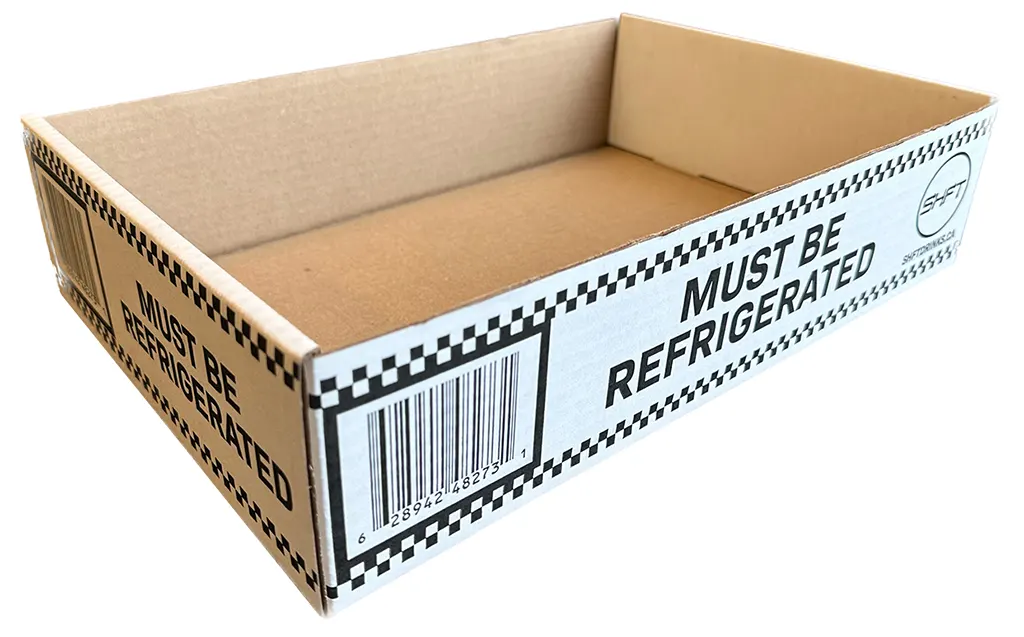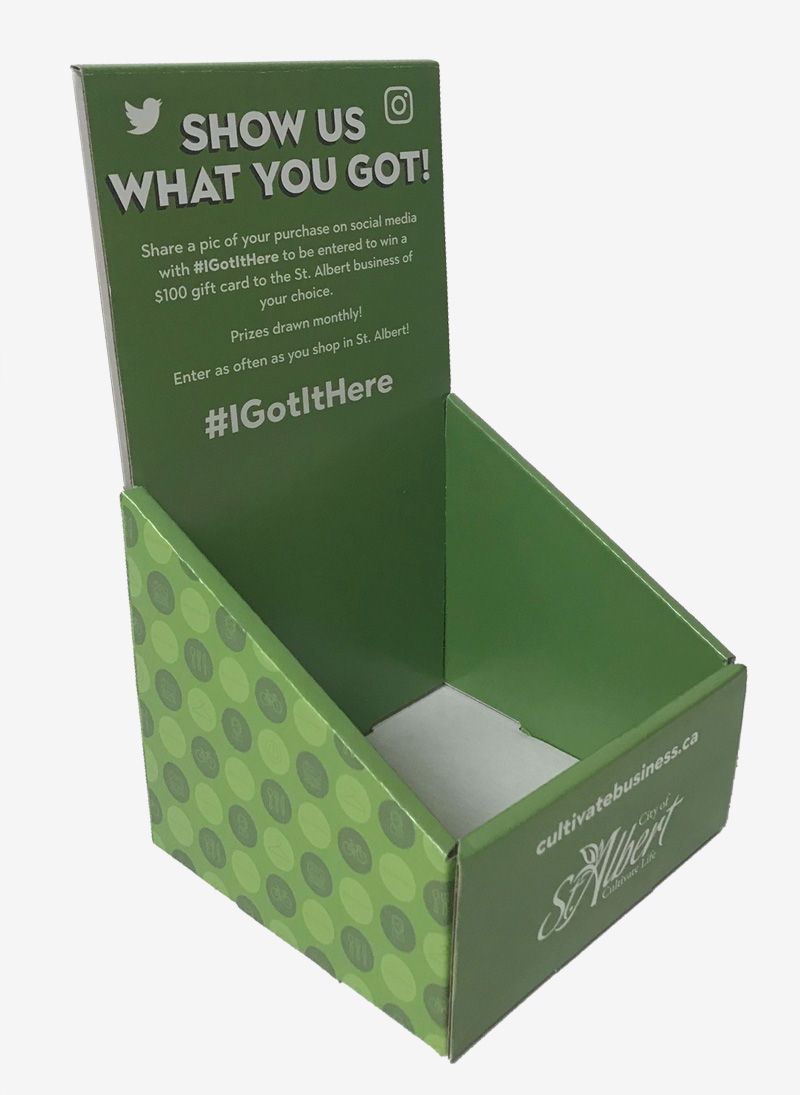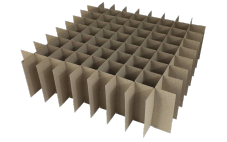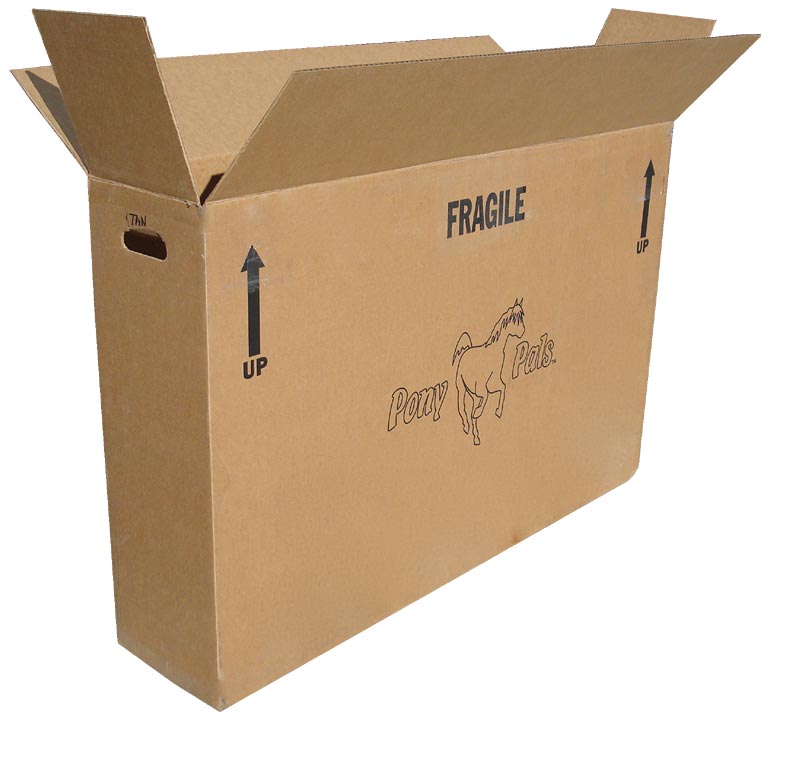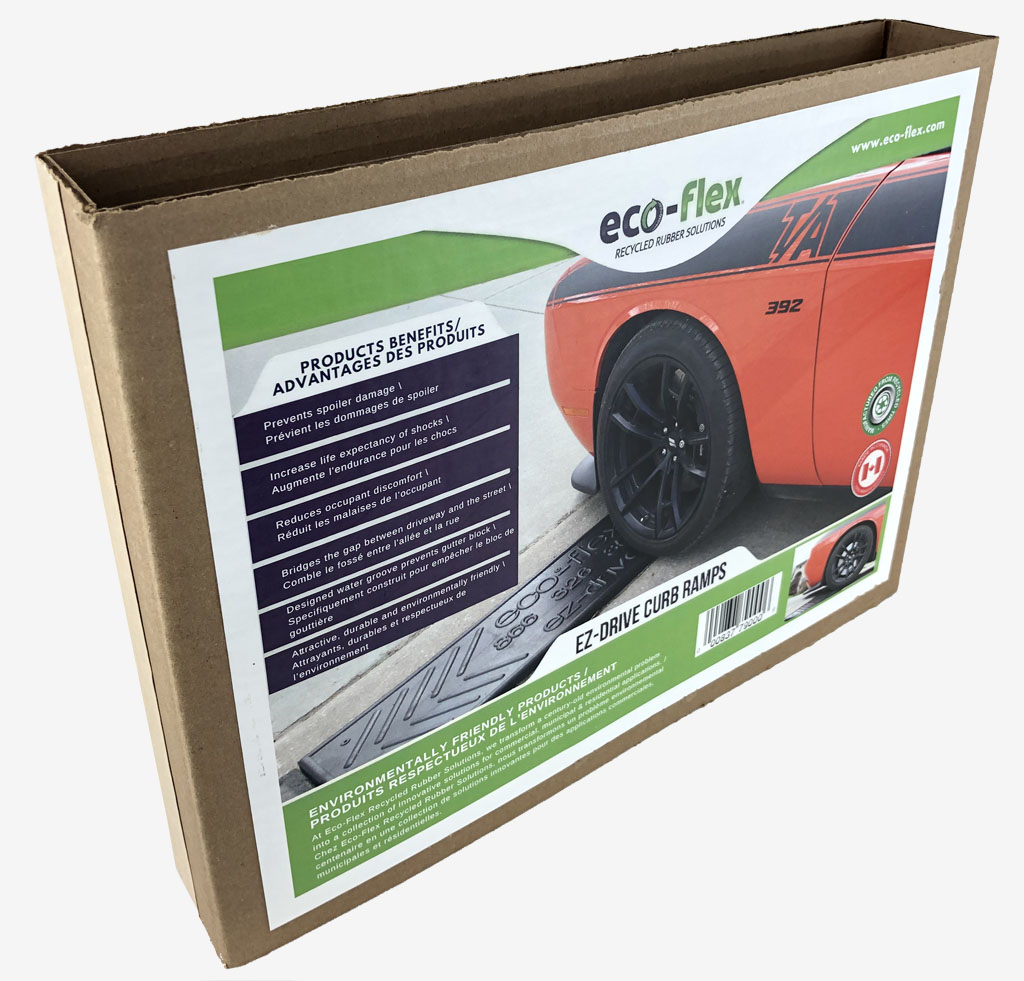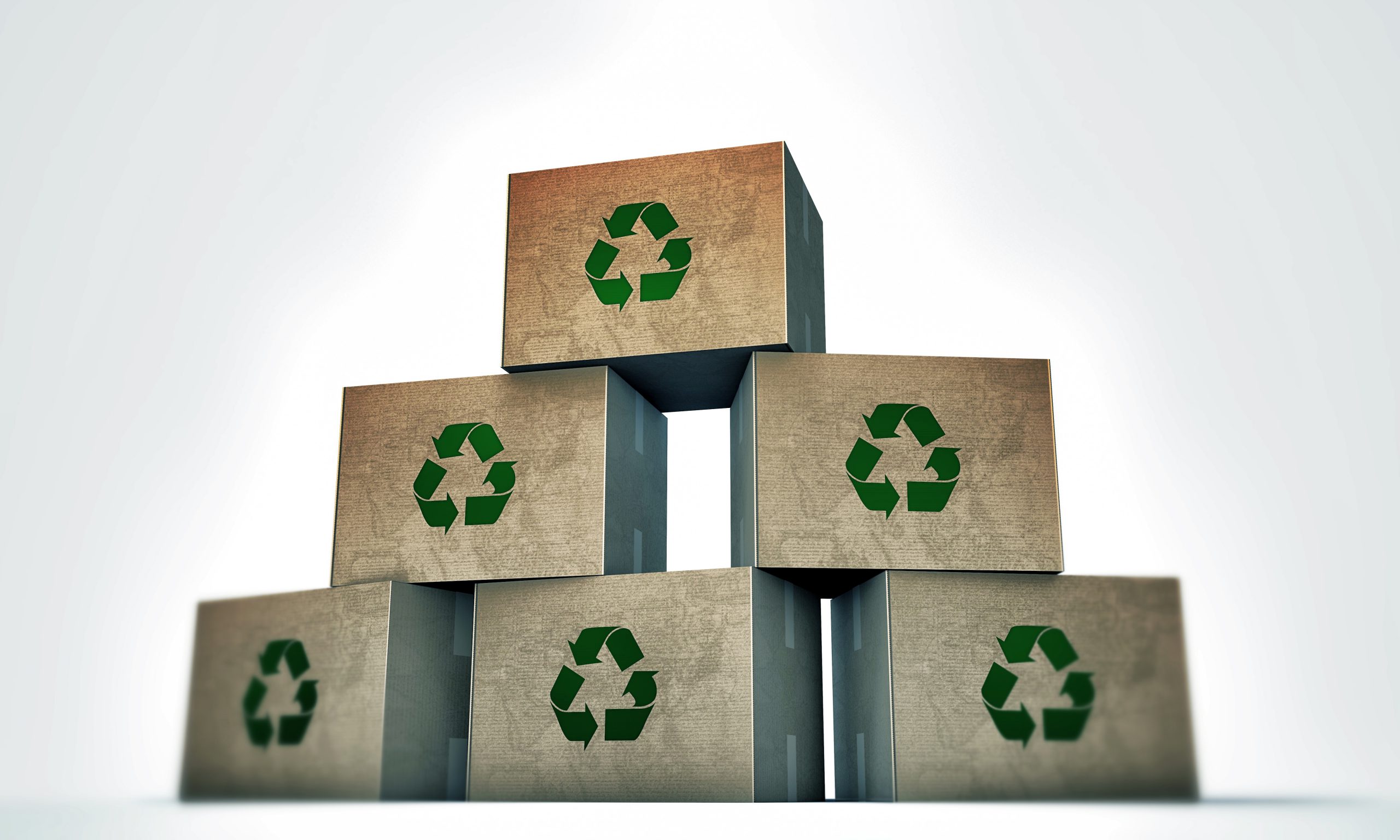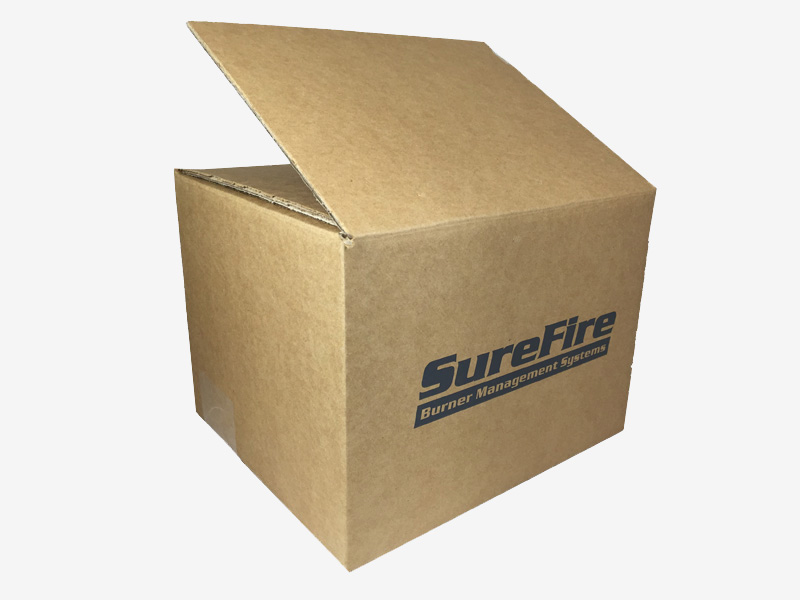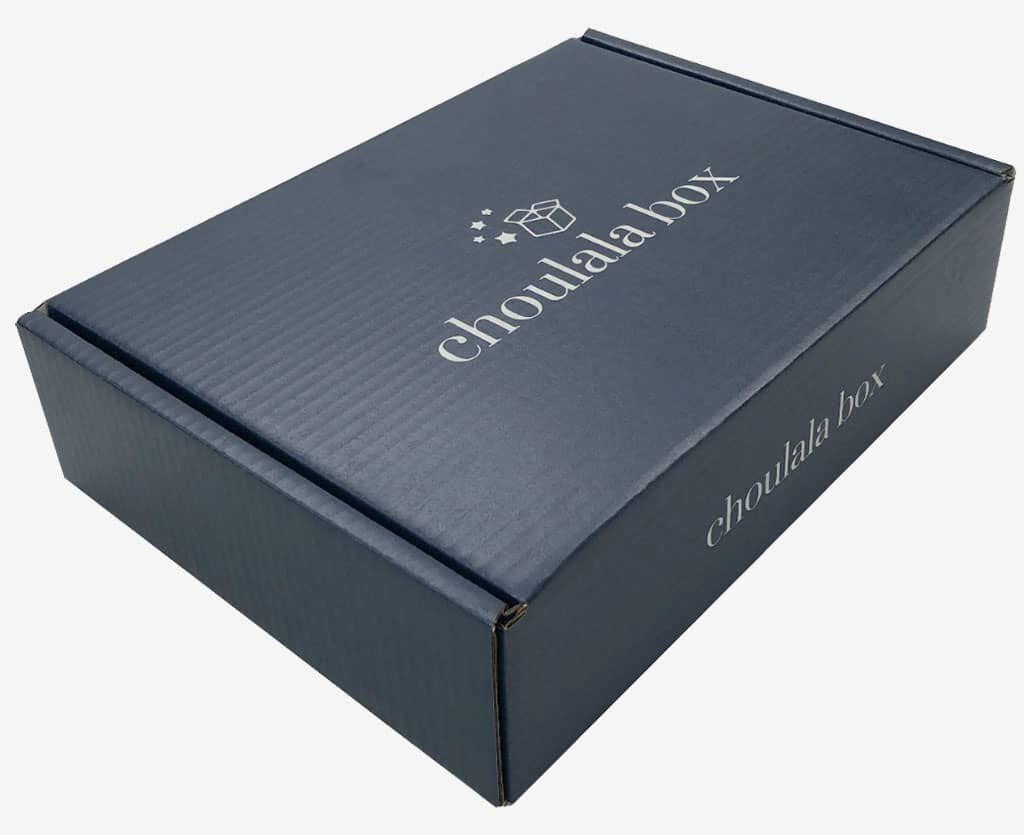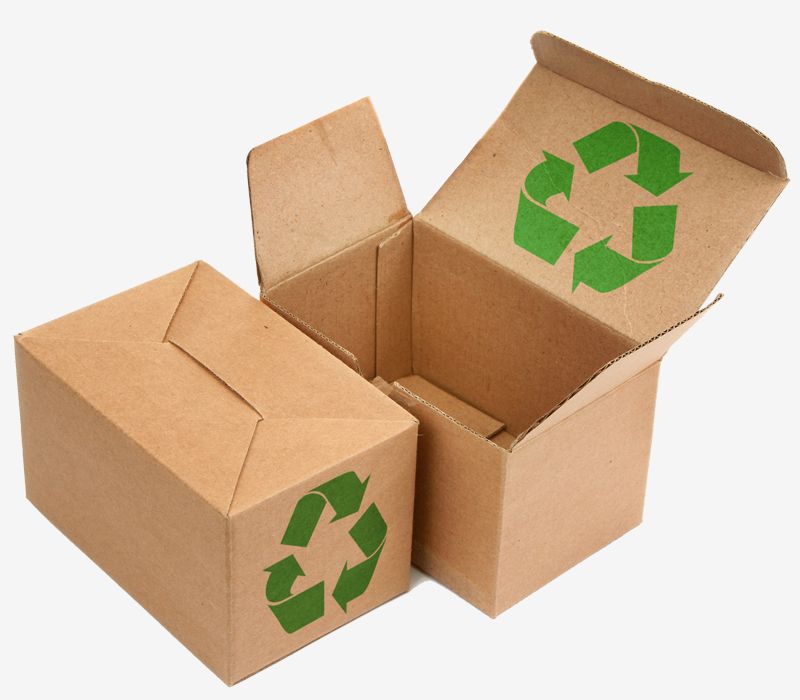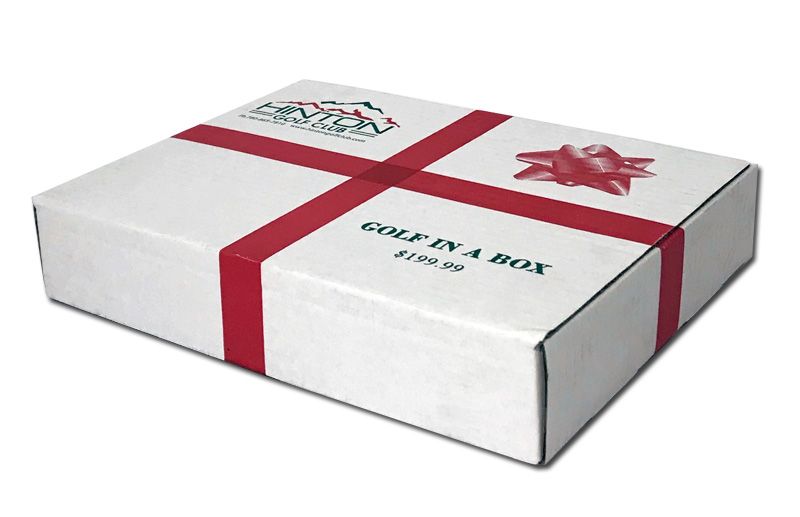
When it comes to shipping valuable or delicate items, selecting the right packaging is crucial. Businesses and individuals alike require boxes that not only provide protection but also enhance presentation. White shipping boxes have become a popular choice for brands that want a clean, professional, and aesthetically appealing packaging solution. For specialized shipments, such as artwork, flat shipping boxes for art offer the perfect combination of durability and design, ensuring that paintings, prints, and posters arrive safely without damage.
Characteristics of White Shipping Boxes and Flat Shipping Boxes
• Strong and Durable Material: White cardboard boxes are typically made from corrugated cardboard, ensuring excellent protection against impact and external pressure. Flat shipping boxes for art are often reinforced to prevent bending or folding during transit.
• Clean and Professional Appearance: The white exterior provides a sleek, high-end look, making these boxes ideal for luxury brands and premium packaging needs.
• Lightweight and Cost-Effective: Despite their sturdy construction, these boxes remain lightweight, helping businesses save on shipping costs.
• Customizable Design: Businesses can enhance brand recognition by printing logos, graphics, or product details on white cardboard boxes. This customization adds to the unboxing experience for customers.
Common Uses of White Cardboard Boxes and Flat Shipping Boxes
• E-Commerce Packaging: Online businesses use white cardboard boxes to enhance their brand presence while providing secure shipping for their products.
• Retail and Luxury Goods: High-end brands often choose white cardboard boxes to reflect sophistication and quality in their packaging.
• Art and Photography Shipments: Flat shipping boxes are essential for mailing paintings, canvas prints, photographs, and posters without creases or damage.
• Stationery and Document Shipping: Flat shipping boxes are also used to safely transport important documents, portfolios, and large-format prints.
Products Commonly Packaged in White Cardboard Boxes and Flat Shipping Boxes
• Artwork and Posters: Flat shipping boxes are perfect for packaging paintings, prints, and photographs, ensuring they stay flat and undamaged.
• Luxury Apparel and Accessories: White cardboard boxes are commonly used for packaging high-end clothing, shoes, and designer accessories.
• Books and Stationery: Hardcover books, custom notebooks, and paper goods are often shipped in flat boxes to maintain their shape.
• Customized Gifts and Personalized Items: Personalized gift boxes for corporate and personal use often come in elegant white packaging to add an upscale touch.
The ability to accommodate a variety of products while ensuring protection and aesthetics makes these boxes a valuable packaging solution for many industries.

